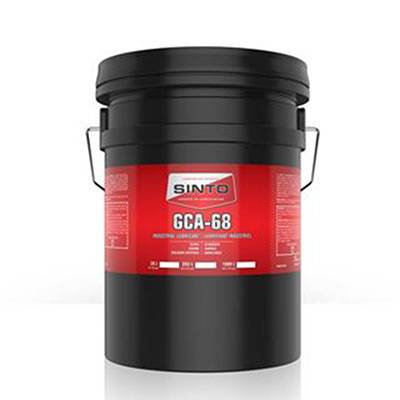Dec . 10, 2024 05:38 Back to list
check valve 10 inch
Understanding 10-Inch Check Valves An Essential Component in Fluid Systems
Check valves play a crucial role in various industrial applications, ensuring unidirectional flow in piping systems. A specific type, the 10-inch check valve, is widely used in larger systems where the control of liquid and gas flow is paramount. This article explores the functionality, design, applications, and benefits of 10-inch check valves.
What is a Check Valve?
A check valve is a type of valve that allows fluid (liquid or gas) to flow through it in only one direction. It prevents backflow, which can cause system failures, contamination, and safety hazards. The design of check valves can vary, but they typically include a disc or a ball that moves within the valve body, allowing flow in one direction while closing off the other.
The Significance of Size Why 10 Inches?
The 10-inch size designation refers to the nominal pipe size, indicating that the valve is designed to be installed in a 10-inch diameter pipe. This size is critical for applications involving substantial flow rates, such as water treatment facilities, irrigation systems, and chemical processing plants. The larger diameter allows for greater volumetric flow, making this size ideal for systems that handle significant quantities of fluid.
Design Features of 10-Inch Check Valves
1. Materials 10-inch check valves are manufactured from various materials, including stainless steel, cast iron, and PVC, depending on the application's specific needs. For corrosive environments, materials resistant to chemical reactions are essential.
2. Types of Check Valves There are several designs of check valves, including swing check valves, ball check valves, and lift check valves. Swing check valves are common in larger sizes due to their effective sealing capabilities and minimal flow resistance.
3. Pressure and Temperature Ratings The valves are rated for different pressure levels and temperature ranges, allowing them to operate in diverse environments. Proper selection of these ratings is crucial to the longevity and safety of the valve.
check valve 10 inch

4. Maintenance Features Many modern check valves come with features that simplify maintenance, such as inspection ports and removable components that can be serviced without removing the entire valve from the pipeline.
Applications of 10-Inch Check Valves
10-inch check valves are utilized across many industries, primarily where backflow prevention is vital. Some key applications include
- Water and Wastewater Treatment They help regulate flow in treatment plants, preventing contaminated water from flowing back into clean water systems. - Irrigation Systems In agricultural applications, they safeguard against backflow that could lead to contamination of water supplies. - Oil and Gas In pipelines handling crude oil and natural gas, check valves protect pumps and compressors against backflow that could potentially damage equipment and cause safety risks. - Chemical Processing The valves ensure the safe transport of chemicals through piping networks, protecting against possible chemical spills and environmental hazards.
Benefits of Using 10-Inch Check Valves
1. Prevention of Backflow The primary benefit is the prevention of backflow, which can cause system issues, degradation of product quality, and safety hazards.
2. Reduced Maintenance Costs With fewer system failures and leaks, overall maintenance costs in a piping system can significantly decrease.
3. Enhanced System Efficiency Properly installed check valves improve the efficiency of fluid transfer by ensuring that the flow remains unidirectional without unnecessary pressure drops.
4. Safety Assurance With the right materials and designs, these valves provide a secure barrier against potential leaks and breaks, contributing to overall system safety.
In conclusion, 10-inch check valves are vital components in various fluid systems, providing essential protection against backflow, ensuring system efficiency, and enhancing safety. Their specific design features and applications highlight their importance in industrial settings, making them indispensable for effective fluid management. Choosing the right check valve for a particular application can lead to significant operational benefits and peace of mind, knowing that the system is safeguarded against potential failures.
-
Thread Plug Gauge Our Promise of Measurement ExcellenceNewsAug.22,2025
-
Gauge Pin Class Reflecting Quality LegacyNewsAug.22,2025
-
Check Valve Types for High Rise BuildingsNewsAug.22,2025
-
Water Control Valve for Irrigation SystemsNewsAug.22,2025
-
Gate Valve with Soft Seal TechnologyNewsAug.22,2025
-
Y Type Strainer for Oil and Gas ApplicationsNewsAug.22,2025
Related PRODUCTS









